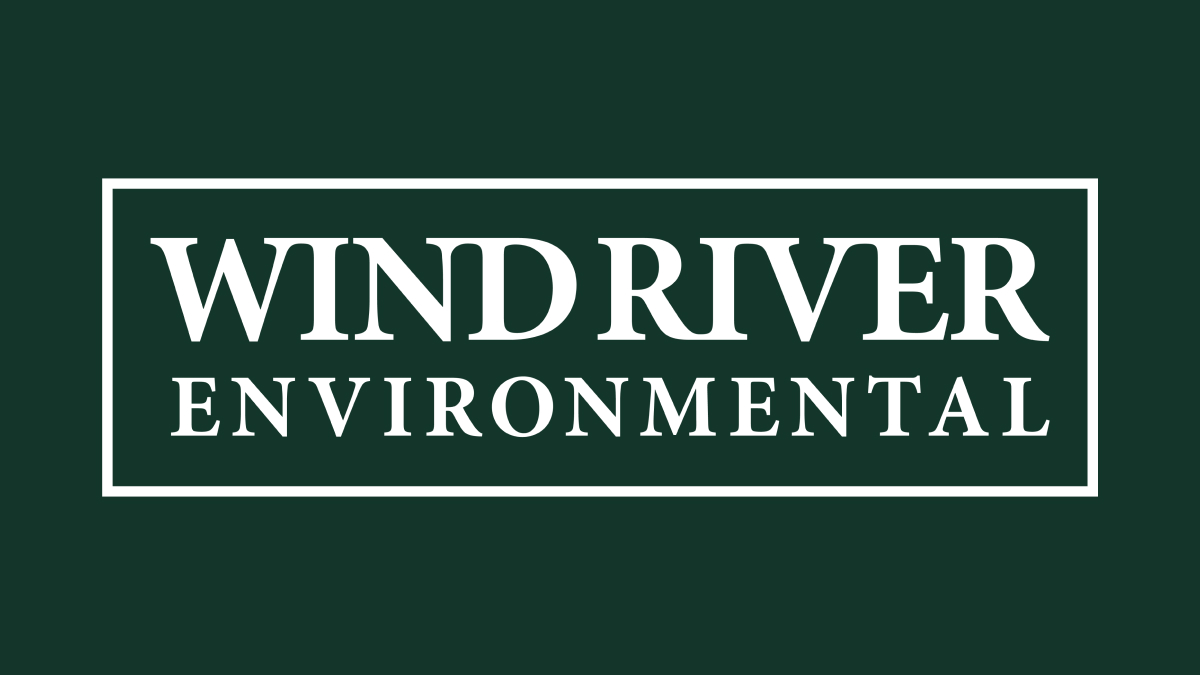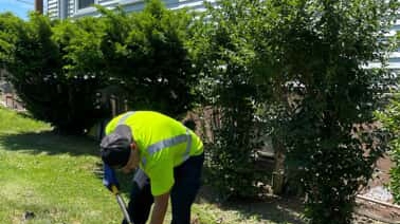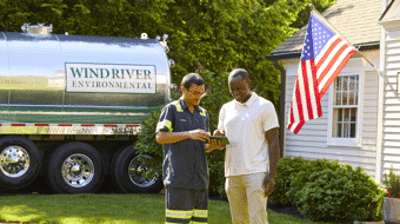How Often Should You Schedule Septic Inspections?
Imagine you've just scheduled a septic evaluation for your property - the biggest fear is usually the costs of fixing whatever you find from your inspection. It can be uncomfortable, but you never considered the gruesome items you might find, right? Well, you may be surprised at the wild things our team uncovers during these evaluations. While it may not be the most glamorous task, it's crucial for maintaining a healthy and functional septic system. We will leave the details of the insects, dentures, medical supplies or wide range of other items that should never have been put into the tanks. Instead we will focus on the normal issues that discomfort of requiring immediate repairs.
As a rule of thumb, it's recommended that homeowners schedule a septic system evaluation every three to five years.
However, the specific frequency may depend on a range of factors, including the size of your household, the volume of wastewater generated, the amount of solids in the wastewater, and the size of your septic tank. Regular inspections can help detect potential issues early, avoiding costly repairs and maintaining the efficiency of your septic system.
In this blog post, we'll explore the following top 5 spookiest septic inspection discoveries:
- Root infiltration
- FOG blockage
- Collapsed pipes
- Compromised tank
- Drainfield failures
You will notice some common themes regarding the signs and symptoms of each issue. Because of this, we always recommend you schedule your inspections with a reliable septic system expert, like Wind River Environmental, to help you ensure that your problem is diagnosed correctly.
Keep reading to learn more about these common issues and what to do if you see signs of a septic system problem.
#1 Root Infiltration
Root infiltration in septic systems is a chilling discovery in any septic evaluation. It occurs when tree or plant roots penetrate the septic tank or pipes in their quest for water and nutrients. Over time, these roots can cause significant damage by blocking the flow of wastewater, resulting in backups or even causing the pipes to burst.
Here are some signs that you may be dealing with root infiltration:
- Slow-draining sinks, showers, or toilets
- Gurgling noises coming from your plumbing
- Wet areas or patches of lush growth in your yard, especially around the drain field
- Unpleasant odors emanating from your drain or yard
- Regular backups in your plumbing system
Tackling root infiltration involves either mechanical or chemical root removal. Mechanical removal involves using a cutting tool to physically remove the roots from your pipes, while chemical removal utilizes specially designed chemicals that kill the roots without harming the rest of the plant. After the roots are removed, any damaged pipes or parts of the septic system are repaired or replaced.
#2 FOG Blockage
FOG blockage, which stands for fats, oils, and grease blockage, is another problem often found during septic inspections. When fats, oils, and grease are washed down the drain, they solidify and accumulate in the septic tank and pipes. Over time, this creates blockages that interfere with the normal flow of wastewater, leading to backups and even system failures.
Here are some signs that your septic system might be suffering from a FOG blockage:
- Slow-draining sinks, tubs, or toilets
- Unusual noises from the plumbing system
- Unpleasant odors emanating from drains
- Frequent need to pump the septic tank
To resolve a FOG blockage, a professional septic system service will typically pump the septic tank to remove the blockage. The pipes may also need to be cleaned or even replaced. Prevention is key when dealing with FOG blockage - never pour fats, oils, or grease down the drain, and use a grease trap or collector when possible to capture these substances.
#3 Collapsed Pipes
Pipes may collapse due to various factors, including age, ground movement, heavy vehicle traffic above the ground, or root infiltration. When a line collapses, it obstructs the smooth flow of wastewater, leading to backups or causing the entire septic system to fail.
Here are some signs that your septic system might be dealing with a collapsed pipe:
- Frequent backups in your plumbing system
- Slow drainage in sinks, tubs, or showers
- Unusual gurgling sounds from your drains or toilets
- Bad odors coming from drains or the yard
When dealing with collapsed pipes, the only viable solution is usually to replace the damaged section of the pipe. A professional septic system service will dig up the area around the collapsed pipe, remove the damaged section, and replace it with a new one. If the collapse has caused significant damage, replacing a more extensive section of the septic system or even the entire system may be necessary.
#4 Compromised Tank
This refers to a septic tank that has been damaged or weakened, potentially due to factors like improper installation, physical pressure (heavy vehicles driving over the area), extreme weather conditions, or simply the tank's old age. A compromised tank can lead to severe septic system malfunctions and may even pose an environmental hazard through contamination of the surrounding soil and water sources.
Here are some signs that your septic system might be dealing with a compromised tank:
- Unpleasant odors emanating from the area where your septic tank is installed
- Pooling water or wet spots around the septic tank area
- Lush green grass over the drain field, even in dry weather
- Frequent backups in your plumbing system, despite recent pumping
Addressing a compromised tank typically involves a comprehensive inspection by a professional septic system expert, like Wind River Environmental. If the damage is minor, repairs may be possible. However, tank replacement might be the only viable solution in severe cases.
#5 Drainfield Failures
A drainfield failure is one of the most alarming findings in a septic evaluation. The drainfield, or leach field, is a crucial component of your septic system. It's where the wastewater is treated and filtered into the soil. When the drainfield fails, it can no longer process the wastewater, leading to system failure and potentially severe environmental contamination. Common causes of drainfield failure include improper installation, overuse, or blockage from solids or non-biodegradable materials.
Here are some signs that your septic system might be dealing with a drainfield failure:
- Unpleasant odors in your yard, particularly around the drainfield area
- Wet spots or pooling water in the area of the drainfield
- Lush green grass over the drainfield, even during dry conditions
- Frequent backups in your plumbing system
Dealing with a drainfield failure requires professional intervention. At Wind River Environmental, our first step is a comprehensive evaluation to confirm the failure and identify its cause. If the issue is localized, it may be possible to repair or replace a section of the drainfield. However, in cases of extensive damage or persistent failure, it might be necessary to install a new drainfield.
Dealing with these common septic system problems can be tricky, but scheduling routine septic system evaluations can help you catch these issues before they escalate. Call the team at Wind River Environmental to schedule your inspection today.




.2504171222540.png)

